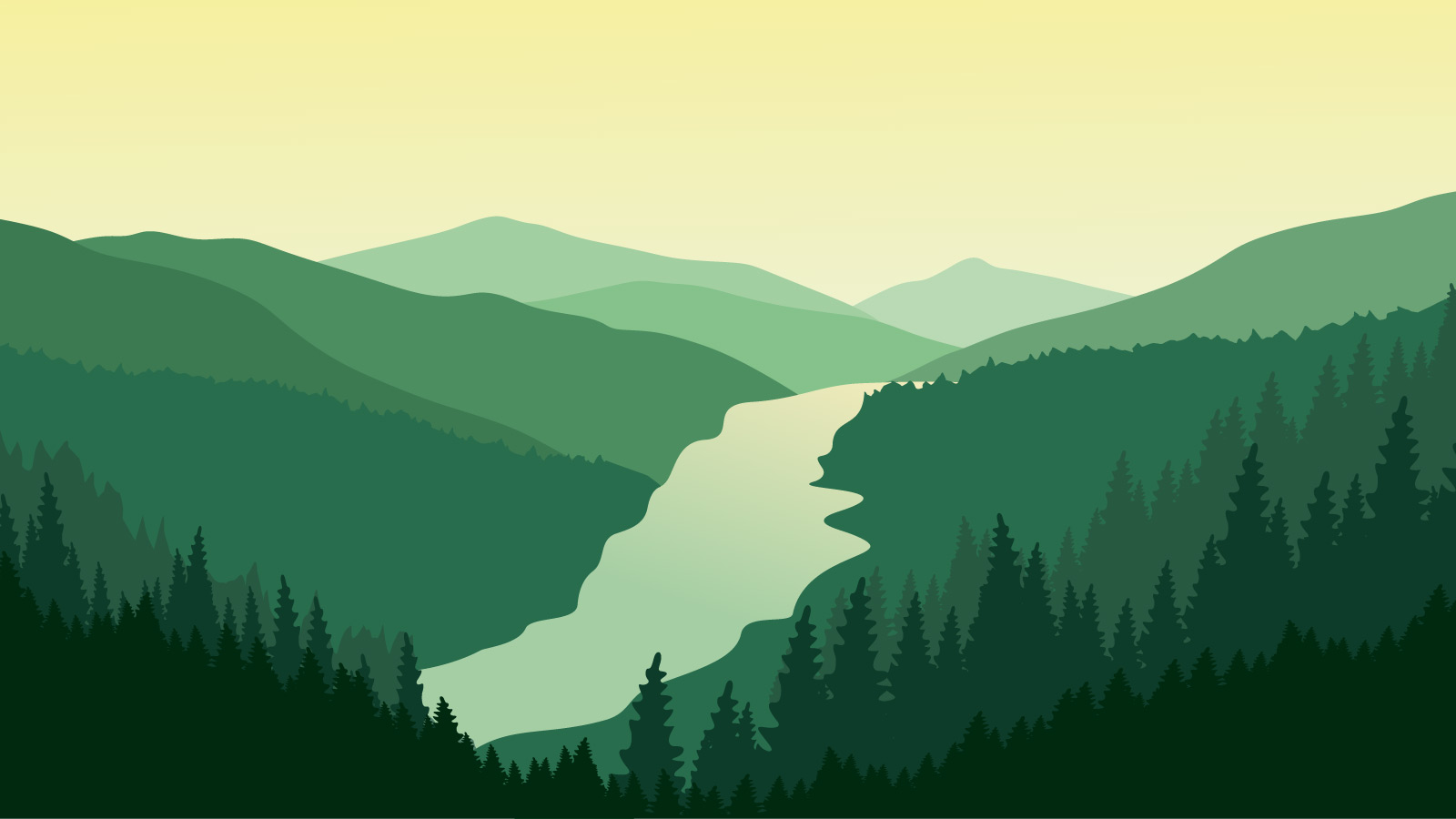
Frequently Asked Questions
Lorem ipsum dolor sit amet, consectetur adipiscing elit. Praesent sodales fringilla nisl, et ultrices felis. Praesent dignissim nisi quis neque pretium rutrum. Pellentesque at arcu nec lectus facilisis imperdiet non eget nunc.
Topdressing is the primary method to obtain smooth, firm greens. Light and frequent topdressing is the key with ultradwarf bermuda turf. Light, weekly topdressing 0.01 to 0.02 inches is ideal. Overall, a topdressing application of 2 to 4 times a month during the growing season is expected.
Construction Sand can come from a variety of sources. Some may be a type of natural sand, such as river sand, and others may be a type of crushed granite or limestone. So the sources are usually determined by the local source or quarry. It may also be determined by the bagging facility for big box retailers. However, a good Construction Sand regardless of its source should be screened to remove large particles (gravel) and washed to remove small particles (dust).
Lake dredging is done either by excavating the sediment with an excavator (or bucket of some type) or with a hydraulic dredge that sucks the sediment from the bottom of the lake and pumps it through a pipeline to an area outside of the lake. Both methods are very effective ways to remove muck from a lake. Access to the lake is a major factor in considering how to remove sediment from a lake. Disposal of the sediment is the other primary factor involved in determining the method for removing sediment from the lake.
Generally speaking, it takes a few days to dredge a small pond and a few weeks for smaller lakes and coves. Projects more than 2,000 cubic yards take a few weeks to a couple of months. Once we assess your project, we can give you a more exact timeframe.
When properly maintained and installed pea gravel can last indefinitely as it does not decompose like mulch or pine straw. Pea gravel should not be used where water flows in concentrated areas (larger river rock will work). When placed on a driveway pea gravel is extremely durable but may need to be replenished over years of high traffic.
Dredging projects take a few days up to a year to remove sediment. A common question before a project begins is “How long will this dredging last?” or “When will I have to dredge again?” One of the best ways to answer this question is the lake or pond’s history. How long has it been since the lake was dredged last time or if ever since it was created? If it was dredged, was there any record of the quantity removed. The watershed size and characteristics have the most impact on the amount of incoming sediment. Urban areas contribute a lot of stormflow than leads to streambank erosion. Suburban areas may be continuing to be developed leading to increases in both stormflow and sediment entering the watershed. A walk up the tributary can tell a lot about the sediment sources. The best way to track sediment is to perform a bathymetric survey or sediment survey to determine the water and sediment volume at a particular time and repeat the process to evaluate the change. The amount of sediment and water storage lost can be determined accurately and a plan can be developed based on those facts. Other options such as remediation efforts or enforcement of best management practices upstream from the lake can be implemented if severe issues are in the watershed.
Mulch may last up to 5 years but the color may start to fade 6 months to a year after installation. In Georgia, an average yearly application is typically expected.
The best way to determine the amount of silt in a pond or lake is to perform a bathymetric or sediment survey. You can set up a grid with a long tape measure and calculate the volume of sediment along with the depth for a general idea. A GPS or rangefinder with a probe can also be used to estimate the volume. The most accurate method is to have a survey completed by a professional. Otherwise, you may just be guessing until you find out when you dig it out.
The common size of river rocks cover about 90-100 square feet at a 2 inch depth (recommended). Larger river rock (+5 inches) typically covers 50-75 square feet.
Calculate Your Project
Determine how much product you need for your project and submit it to us for a free estimate, including delivery costs.
Dredging projects and In-Field Mix are calculated separately.
